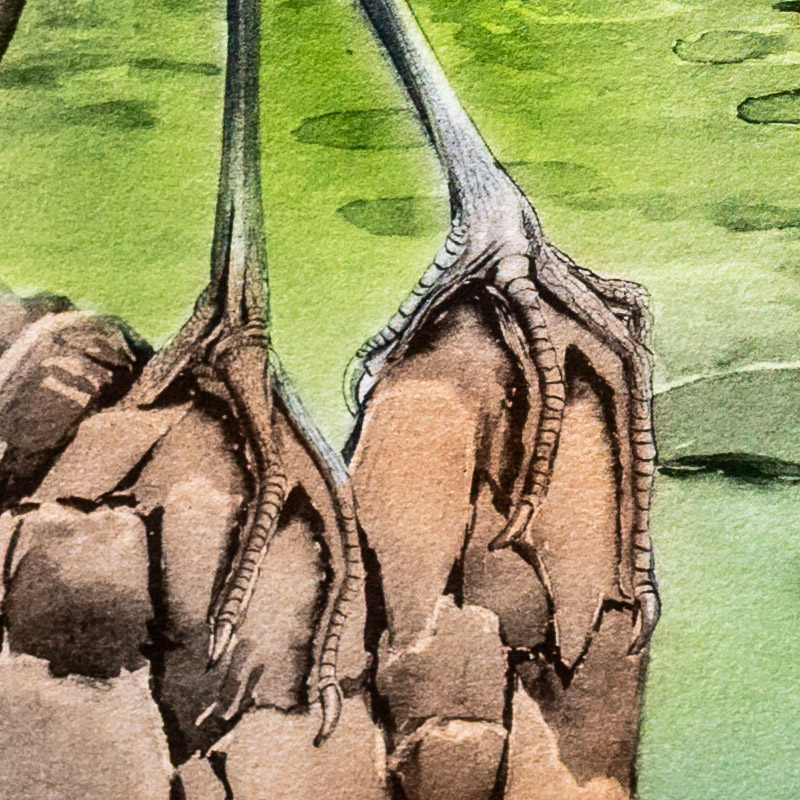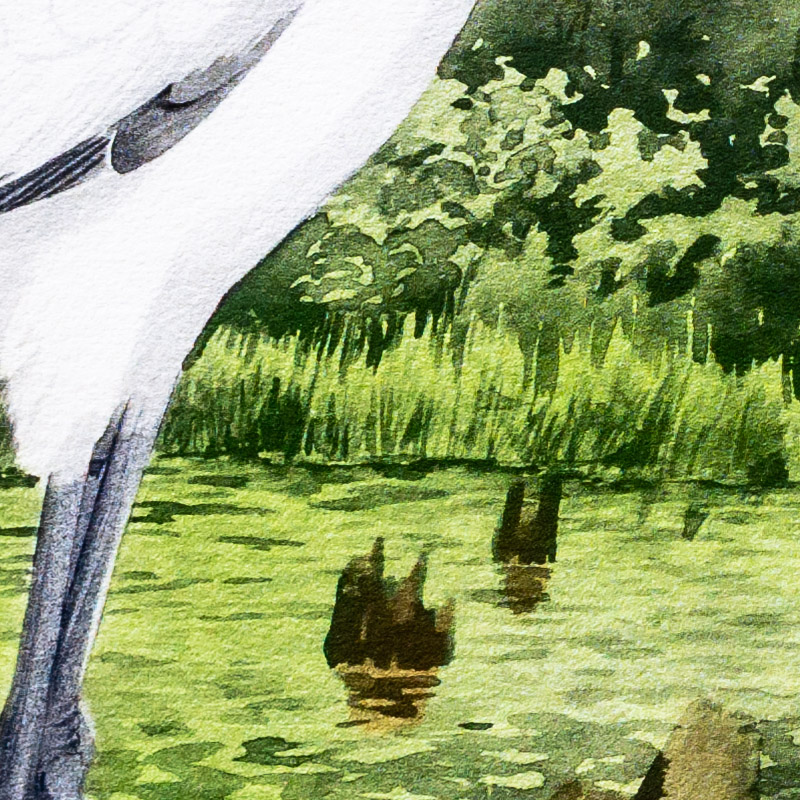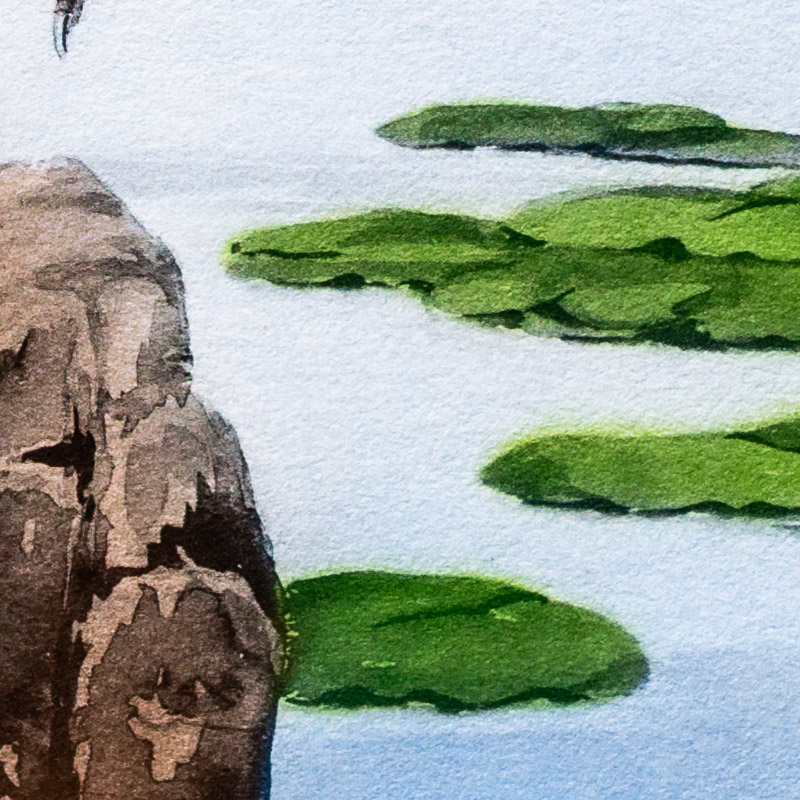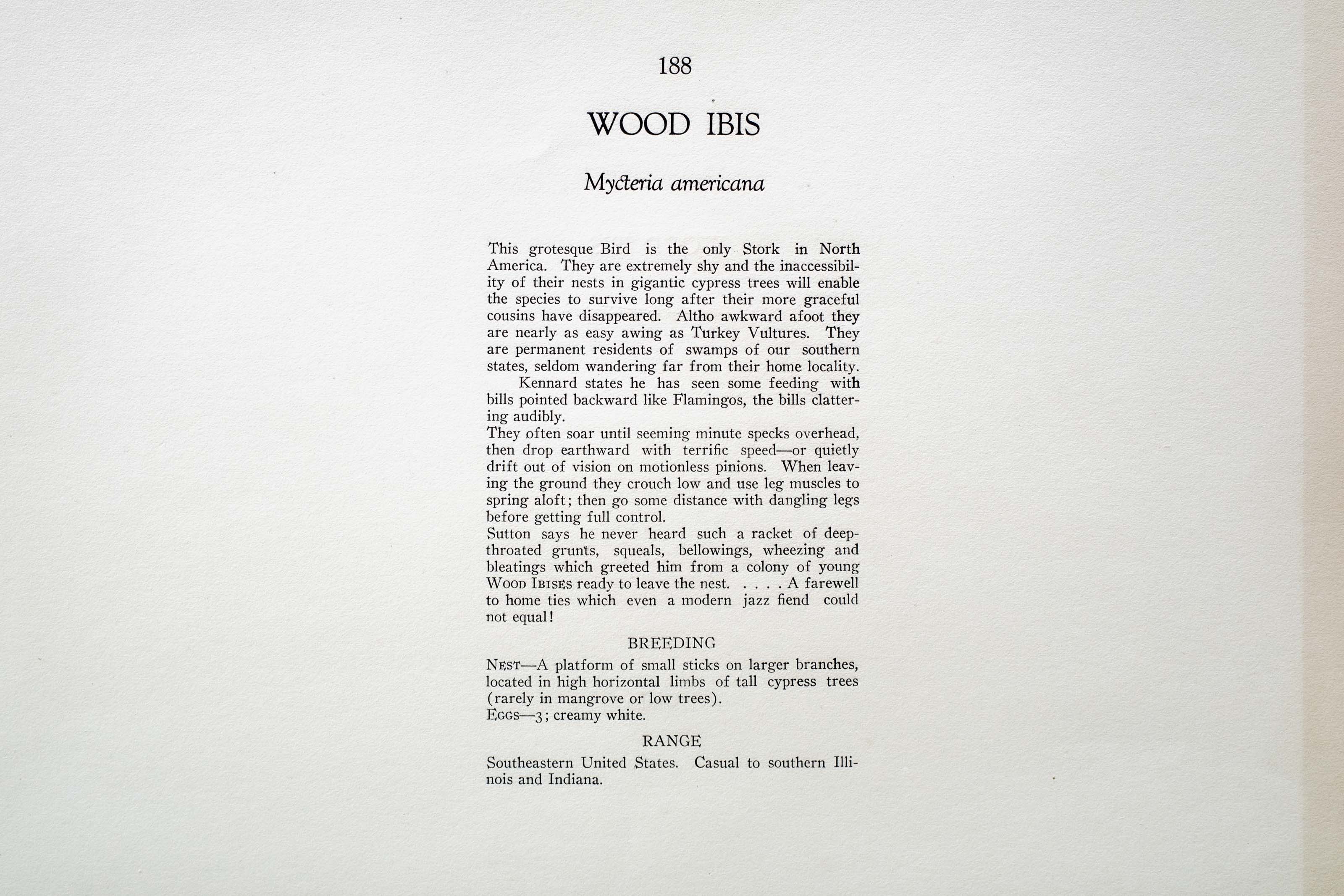






Unknown
1930
3
188
A team of dedicated board members, volunteers, and student interns has published every page in Volume 9. This volume includes 360 images of paintings and lyrical descriptions of birds, now available online for everyone to enjoy anywhere in the world. This is a monumental task. Each volume requires approximately 400 hours to photograph, edit, transcribe, catalog, and publish online. We need your support to complete this work.
If you're tech-savvy, have a good eye, are meticulous with details, and love structured data, please consider volunteering by emailing us at hello@rexbrasher.org.
We encourage all bird lovers and supporters to consider a monetary donation to support our mission to make Rex's work available for everyone. You can provide a one-time or recurring donation online.
This grotesque Bird is the only Stork in North America. They are extremely shy and the inaccessibility of their nests in gigantic cypress trees will enable the species to survive long after their more graceful cousins have disappeared. Altho awkward afoot they are nearly as easy awing as Turkey Vultures. They are permanent residents of swamps of our southern states, seldom wandering far from their home locality.
Kennard states he has seen some feeding with bills pointed backward like Flamingos, the bills clattering audibly.
They often soar until seeming minute specks overhead, then drop earthward with terrific speed — or quietly drift out of vision on motionless pinions. When leaving the ground they crouch low and use leg muscles to spring aloft; then go some distance with dangling legs before getting full control.
Sutton says he never heard such a racket of deep-throated grunts, squeals, bellowings, wheezing and bleatings which greeted him from a colony of young WOOD IBISES ready to leave the nest. . . . . A farewell to home ties which even a modern jazz fiend could not equal!
NEST — A platform of small sticks on larger branches, located in high horizontal limbs of tall cypress trees (rarely in mangrove or low trees).
EGGS — 3; creamy white.
Southeastern United States. Casual to southern Illinois and Indiana.